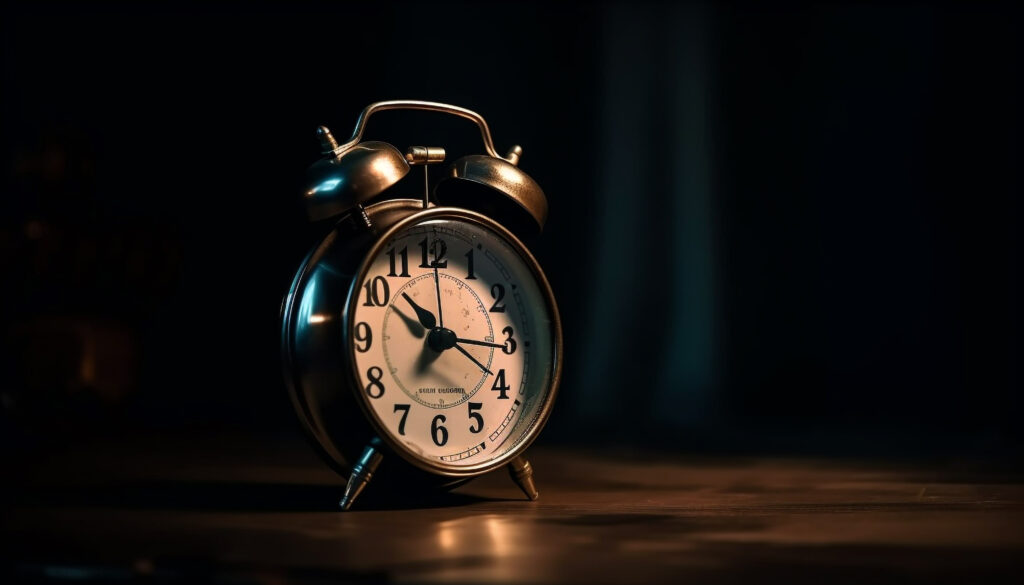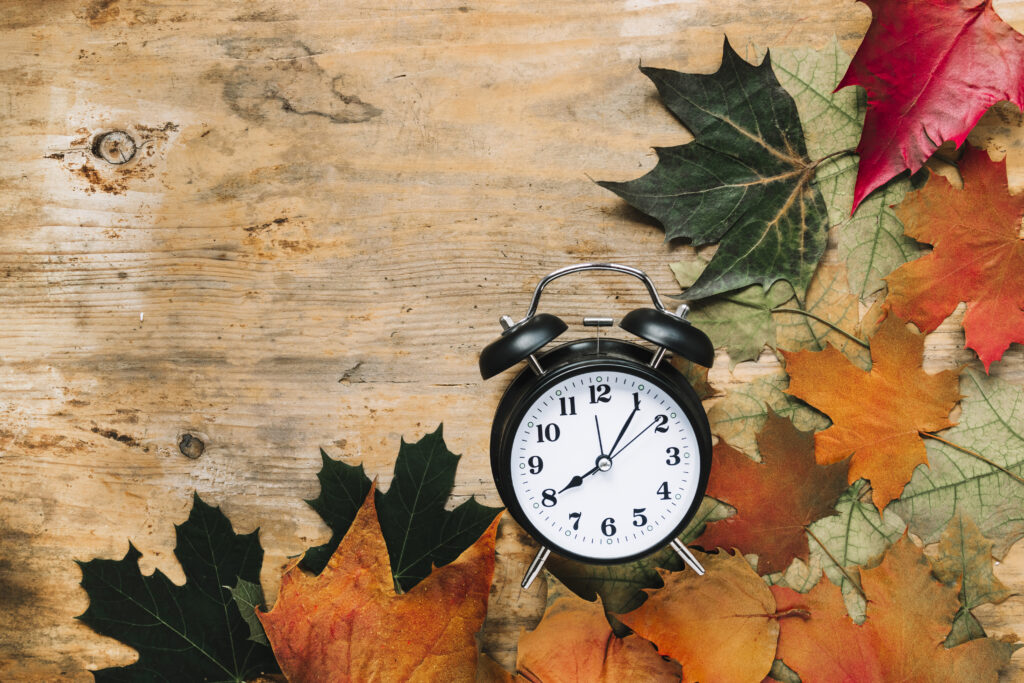Daylight savings 2024 November is one of the most noticeable seasonal transitions of the year. Millions of people across the world will adjust their clocks, shifting back one hour to return to standard time. This small change influences sleep, daily routines, work patterns, travel, and even overall health.
To understand why this change happens and what it means for you, let’s explore the history, significance, impact, and tips to prepare for the November 2024 shift.
What Is Daylight Saving Time?
Daylight saving time (DST) is the practice of setting clocks forward in spring and back in autumn. The main goal is to make better use of natural daylight during waking hours.
In spring, clocks “spring forward,” meaning we lose one hour of sleep but gain longer evenings. In autumn, clocks “fall back,” giving us an extra hour of rest but shorter daylight in the evenings.
The end of daylight savings 2024 November will mark the return to standard time, bringing brighter mornings but darker afternoons.
When Will Daylight Savings 2024 November End?
Daylight savings 2024 November officially ends on Sunday, November 3, 2024, at 2:00 a.m. local time in most parts of the United States.
At that moment, clocks will be turned back one hour. For example, if it is 2:00 a.m., the time will reset to 1:00 a.m. This adjustment applies to smartphones, digital systems, and any devices that update automatically, but traditional clocks must be reset manually.
This change means sunrise and sunset will occur an hour earlier than before, creating brighter mornings but darker evenings.
The History Behind Daylight Saving
The idea of shifting clocks is often linked to Benjamin Franklin, who suggested using natural light more efficiently. But daylight saving was not implemented until the 20th century.
During World War I and II, countries used daylight saving to conserve fuel and electricity. Afterward, it became a standardized practice in many nations, though some rejected it.
In the U.S., the Uniform Time Act of 1966 set consistent rules for daylight saving, though states could opt out. Even today, not every state participates.
Why Do We Still Use Daylight Saving?
The original purpose of daylight saving was to save energy by reducing the need for artificial lighting. While modern research shows mixed results, the tradition continues for several other reasons.
Daylight saving also encourages outdoor activity in warmer months, benefiting health and well-being. Businesses, especially in retail and hospitality, often see more customer activity during extended daylight.
Even though its usefulness is debated, daylight saving remains deeply woven into modern life, making daylight savings 2024 November a significant seasonal event.
Who Observes the Time Change?
Not every country or state follows daylight saving.
- In the United States, almost all states observe it except Hawaii and most of Arizona.
- In Canada, most provinces follow the change, though some regions do not.
- Many parts of Europe still use daylight saving, but the European Union has debated ending the practice.
- Most countries in Asia, Africa, and South America do not observe daylight saving at all.
This variation often leads to confusion, especially for travelers, international businesses, and digital communication platforms.
Daylight Savings 2024 November and Daily Life
When clocks shift in November 2024, daily routines will feel different.
Mornings will become brighter, which helps people wake up earlier. However, evenings will turn darker faster, which many find challenging. Outdoor activities, evening commutes, and family schedules often feel the impact most strongly.
For businesses, especially restaurants, gyms, and shopping centers, earlier darkness can affect customer flow. Transportation schedules, television broadcasts, and financial markets also adjust their operations accordingly.
The Impact on Sleep and Health
The end of daylight savings 2024 November can benefit health by giving people an extra hour of sleep. But the sudden change in daylight patterns can also create difficulties.
Brighter mornings often improve alertness and productivity. Yet shorter evenings may contribute to seasonal affective disorder (SAD), a type of depression linked to less sunlight.
Experts suggest maintaining a steady sleep schedule, spending time outdoors during daylight, and using light therapy lamps to reduce the negative health impacts of the seasonal transition.
Does Daylight Saving Really Save Energy?
One of the biggest debates about daylight saving is whether it actually saves energy.
Originally, shifting clocks was thought to reduce electricity use. However, in modern times, air conditioning, heating, and electronic devices have changed the energy landscape.
Studies show mixed results: some regions save energy, while others consume more because of extended use of heating and cooling systems.
So while the original goal may not be as effective today, the tradition continues mainly for cultural and lifestyle reasons.
Preparing for Daylight Savings 2024 November
Preparation can make the November time change smoother.
Start by checking your clocks. While phones, computers, and smart devices update automatically, kitchen appliances, wall clocks, and cars often need manual resetting.
If you have children, adjust their bedtime routines gradually a few days before the change. For workers, planning schedules and meetings in advance helps avoid confusion.
Most importantly, embrace the extra hour. Use it to rest, spend time with family, or focus on personal projects.

Daylight Saving Around the World
Daylight saving is not universal. Countries closer to the equator generally avoid it because daylight hours stay consistent year-round.
For example:
- Japan, India, and China do not observe DST.
- Australia has DST, but only in some states.
- South America has mostly phased it out.
This global variety means international travelers must pay extra attention when crossing time zones in November 2024.
The Debate About the Future of Daylight Saving
In recent years, many governments have questioned whether daylight saving should continue.
Critics argue the disruption to sleep and health outweighs any benefits. Others point to modern technology, which makes the original purpose of saving energy less relevant.
In the U.S., several states have proposed staying on daylight saving year-round, but federal approval is required. The European Union has also considered abolishing seasonal time changes altogether.
As daylight savings 2024 November approaches, the debate remains ongoing, with no global agreement in sight.
Conclusion
Daylight savings 2024 November is more than just turning the clock back an hour. It is a seasonal shift that affects sleep, health, business, and culture. With its roots in energy conservation and wartime necessity, daylight saving continues to influence modern life, even as debates about its usefulness grow louder.
On Sunday, November 3, 2024, millions of people will experience brighter mornings and earlier sunsets. By preparing in advance and understanding its effects, the transition can be smoother and more beneficial. Whether daylight saving continues into the future or fades into history, November 2024 will once again remind us of the powerful connection between time, daylight, and daily life.
FAQs About Daylight Savings 2024 November
Q1: When does daylight savings 2024 November end?
It ends on Sunday, November 3, 2024, at 2:00 a.m. local time.
Q2: Do all U.S. states follow daylight saving?
No, Hawaii and most of Arizona do not observe it.
Q3: How does the time change affect health?
It can improve morning alertness but may contribute to sleep disruption and seasonal affective disorder.
Q4: How should I prepare for the November time change?
Adjust sleep schedules, update clocks, and plan ahead for travel or appointments.
Q5: Will daylight saving be abolished in the future?
The debate continues, but no final decision has been made in most countries.
Read Also : Palm Sunday 2025: A Complete Guide to Meaning, Traditions, and Celebration

